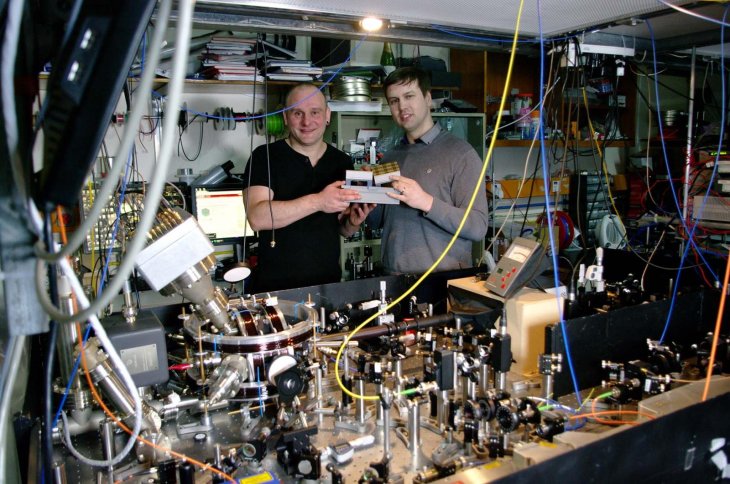The Blueprint To Build A Quantum Computer Has Been Public Since 2017
Aadhya Khatri - Nov 14, 2019

Google may have solely taken credit for quantum supremacy, but the first blueprint for a quantum computer was a joint effort of international scientists
- Stunning Math Motifs Found On The Pillars Of The Marundheeswarar Temple In Chennai
- India Commits To Quantum Computing Research With An Investment Of ₹8000 Crores
- LEGO Blocks Are Found To Be An Excellent Material To Build Quantum Computers
Google may have solely taken credit for quantum supremacy, but the first blueprint for a quantum computer was a joint effort of international scientists, and it was made public in 2017.
The huge breakthrough has long been predicted to have an as large and universal effect as the regular computer on science, industry, and commerce. What sets this finding apart is that it provides an actual blueprint on how to build a quantum computer, the one that can solve more problems and at a faster speed than any other machine known to human before.

When the machine is at work, it can save lives by creating new medicines, answer scientific questions that have been puzzling scientists, and uncover the mysteries of the outer space or the deep sea, things that may require regular computers billions of years to work on.
The blueprint is possible thanks to a new invention that lets quantum bits to travel between quantum computing modules, thus giving the machine the near arbitrary large computational processing powers.
The study proposed using electric fields instead of fibre optic connections for transmission between the computer modules. The field will allow ions (charged atoms) to be transmitted as a speed 100,000 times faster than fibre link.
The blueprint is the brainchild of scientists from the USA (Google), the UK (University of Sussex), Denmark (Aarhus University), Japan (RIKEN), and Germany (Siegen University).
Professor Winfried Hensinger is the head of the University of Sussex’s Ion Quantum Technology Group, and he was the lead scientist of this study. He said that for many years, people believed that constructing a quantum computer was impossible, but the team’s research had proven that it was doable, and they also came up with a blueprint to build one on a large scale.
Bjoern Lekitsch, the lead author of the research, shared that for the team it was important to list the technical challenges and came up with solutions for them.
What the team did next was to construct an actual quantum computer based on the blueprint at the University of Sussex.
This study was part of the UK government to further develop quantum technology for industrial use. The invention of the team requiring only voltages to microchips was used in the place of billions of laser beams needed for the quantum computing operations.
The blueprint is public to make sure that scientists around the world can contribute to the development of this technology, as well as encouraging industrial applications.
Featured Stories

Features - Jul 01, 2025
What Are The Fastest Passenger Vehicles Ever Created?

Features - Jun 25, 2025
Japan Hydrogen Breakthrough: Scientists Crack the Clean Energy Code with...

ICT News - Jun 25, 2025
AI Intimidation Tactics: CEOs Turn Flawed Technology Into Employee Fear Machine

Review - Jun 25, 2025
Windows 11 Problems: Is Microsoft's "Best" OS Actually Getting Worse?

Features - Jun 22, 2025
Telegram Founder Pavel Durov Plans to Split $14 Billion Fortune Among 106 Children

ICT News - Jun 22, 2025
Neuralink Telepathy Chip Enables Quadriplegic Rob Greiner to Control Games with...

Features - Jun 21, 2025
This Over $100 Bottle Has Nothing But Fresh Air Inside

Features - Jun 18, 2025
Best Mobile VPN Apps for Gaming 2025: Complete Guide

Features - Jun 18, 2025
A Math Formula Tells Us How Long Everything Will Live

Features - Jun 16, 2025
Comments
Sort by Newest | Popular